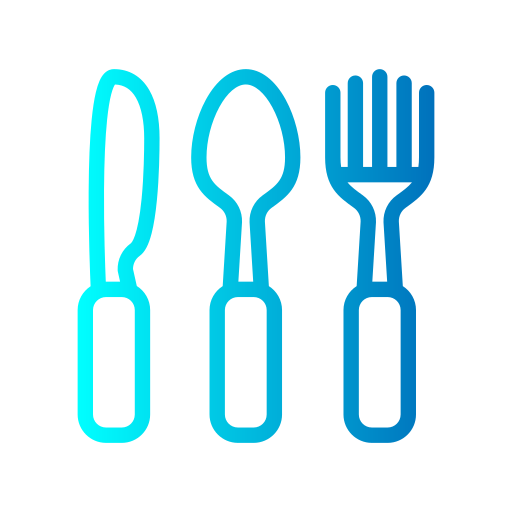Conkers: Can You Eat Them?
Eating wild foods can be a thrilling experience, but it’s crucial to know which are safe and which aren’t. One such intriguing natural element is the conker – the seed of the horse chestnut tree. So, can you safely include conkers in your diet, or are they better left untouched? This blog post aims to explore this query in detail, providing essential insights into the edible nature of conkers.
Essential Highlights
- Safety First: Understand why conkers are generally not safe for consumption.
- Health Implications: Learn about the potential toxic effects of eating conkers.
- Wildlife Use: Discover how conkers benefit certain animal species.
- Alternatives: Explore safe chestnuts for human consumption.
- Fun Facts: Uncover interesting facts about the cultural significance of conkers.
Table of Contents
- Introduction to Conkers
- Can You Eat Conkers?
- Uses of Conkers Beyond Eating
- Alternative Edible Nuts
- Frequently Asked Questions
Introduction to Conkers
Conkers are seeds from the horse chestnut tree (Aesculus hippocastanum), easily recognized by their spiky green cases and smooth, shiny brown appearance. Found across parks and streets in the UK during the autumn months, they have inspired the traditional children’s game known as “conkers.” Despite their familiar presence, determining whether they are safe to eat requires a closer examination.
Can You Eat Conkers?
No, conkers are not suitable for human consumption. Unlike chestnuts, which are consumed around the world, conkers contain toxic compounds. The key reason they aren’t edible is due to the presence of a substance known as aesculin, which is toxic to humans.
Toxicity of Conkers
- Aesculin Content: Conkers contain aesculin, which can cause serious harm if ingested. Symptoms of ingestion may include nausea, vomiting, and in severe cases, paralysis.
- Bitter Taste: Beyond the toxin, they also have a very bitter taste that acts as a natural deterrent.
It’s best to avoid consumption altogether to prevent any adverse effects. For more details on what can and can’t be eaten, visit Can You Eat and Conkers Can You Eat Them.
Uses of Conkers Beyond Eating
Though not fit for human consumption, conkers have various uses mostly unrelated to eating.
Cultural and Educational Uses
- Children’s Games: The game of conkers is a popular pastime where players string conkers and take turns to hit each other’s until one breaks.
- Craft Purposes: Conkers are often used in crafting for decorative purposes, especially during autumn.
Wildlife and Ecological Role
Certain wildlife can consume conkers without harm. They serve as a food source for deer and some bird species, showcasing their ecological importance. Additionally, they have been used historically in traditional medicine and for cleaning purposes.
Alternative Edible Nuts
If you’re looking for edible chestnuts, consider the sweet chestnut.
- Sweet Chestnut (Castanea sativa): Unlike horse chestnuts, sweet chestnuts are edible and are often roasted during the fall.
- Diverse Nut Choices: Other alternatives include almonds, walnuts, and hazelnuts, which are safe and delicious.
For more on edible plants and foods, you can explore Can You Eat.
Frequently Asked Questions
1. What are conkers and where do they come from?
Conkers are seeds from the horse chestnut tree, commonly found in the UK and parts of Europe.
2. Are conkers poisonous to animals?
While toxic to humans, some animals like deer can eat conkers without any adverse effects.
3. How can you use conkers besides eating?
Conkers are widely used in children’s games, crafts, and have been historically utilized for cleaning purposes.
4. Are there any nuts that look like conkers but are safe to eat?
Yes, sweet chestnuts, which resemble conkers, are safe and edible.
5. Can conkers be processed to remove toxins?
Though some attempt to leach out toxins, it is not recommended due to the risk of residual toxicity.
6. Why do conkers look similar to edible chestnuts?
Both conkers and edible chestnuts belong to different botanical families but share a similar outer appearance, contributing to common misconceptions.
For continuous learning on edible and non-edible foods, visit Can You Eat.
By understanding these aspects of conkers, you can safely enjoy their presence in parks without the danger of toxic ingestion. Explore more about food safety and nature’s array of offerings through informative platforms such as Royal Horticultural Society, Medicinal Herbals, and Woodland Trust.

Leave a Reply